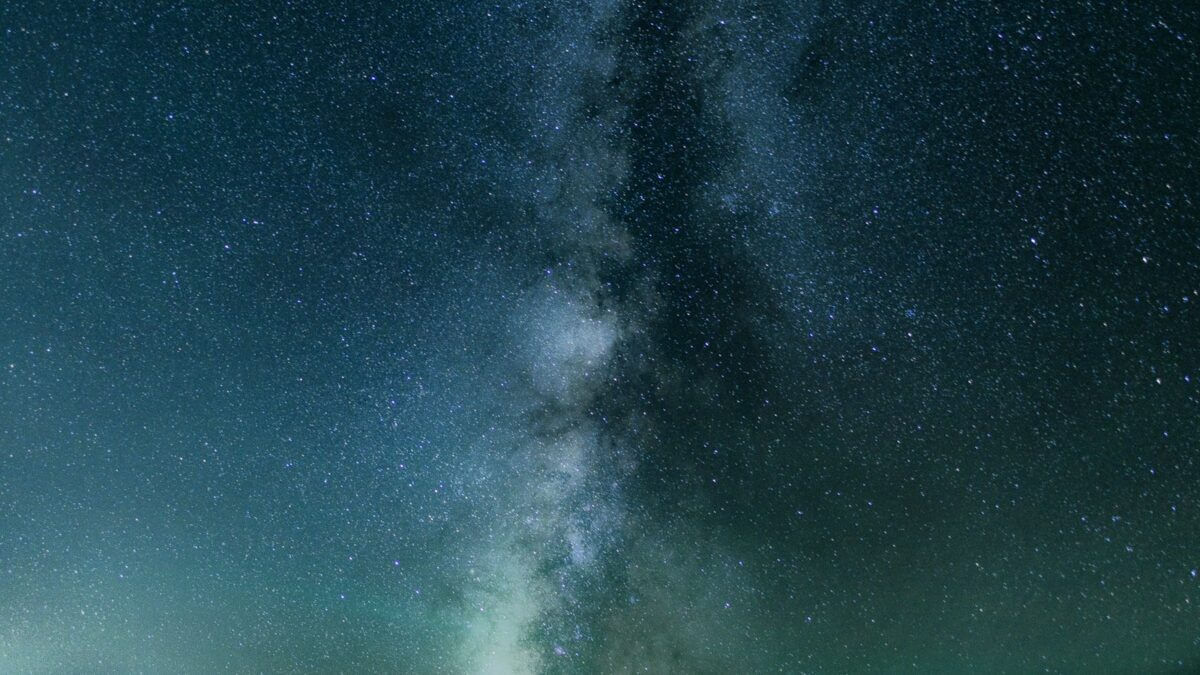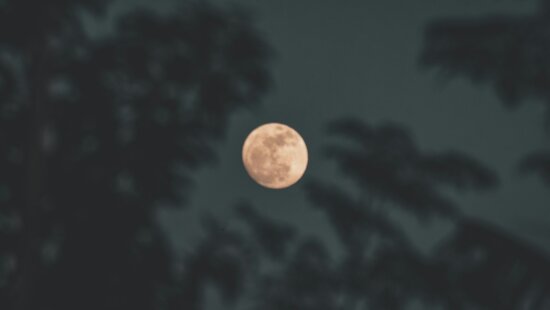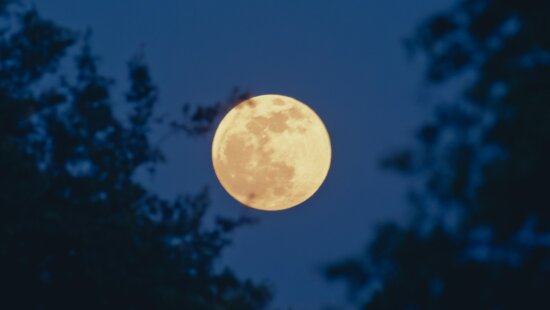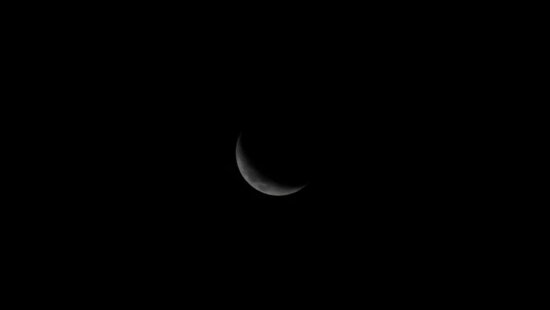Environment
Buck Moon and planet parade light up Summit County nights in July

Photo: Photo by Nathan Anderson
PARK CITY, Utah — Summit County sky-watchers can expect a packed celestial calendar this month, with nightly highlights drawn from the Old Farmer’s Almanac and NASA sky-watching notes.
According to the Old Farmer’s Almanac, Saturn makes its seasonal debut on July 1, clearing the Wasatch horizon shortly after 11 p.m. MDT and drifting up to a 9 p.m. rise by month’s end. For the first time in 15 years, observers will glimpse the planet’s southern hemisphere; binoculars will reveal the rings as a narrow, silver line.
The Almanac lists the month’s lunar milestones as follows: First Quarter at 3:30 p.m. July 2, the Full Buck Moon at 4:37 p.m. July 10, Last Quarter at 8:38 p.m. July 17, and New Moon at 3:11 p.m. July 24, a phase long linked to fertile soil in traditional planting lore.
Early risers can spot Venus low in the east after 4 a.m. on July 9, the Almanac says. The waning crescent Moon then joins Venus and Jupiter to form a tight predawn triangle on July 22
Evening observers get their turn when Mars, now sliding through Virgo, hovers just right of the Moon on July 28. Two nights later, the slender lunar crescent dangles beneath Spica, the sky’s bright-blue beacon.
Meteor enthusiasts can look for the Delta Aquarids peak on the nights of July 29–30. The Almanac predicts roughly 10 meteors per hour; the darkest corners of Summit County offer the best vantage away from lunar glare.
NASA’s July Night Sky Notes shift attention southward to Scorpius. The agency highlights reddish Antares—“the heart of the scorpion”—and nearby deep-sky gems: globular cluster Messier 4, open cluster Caldwell 76 (the Baby Scorpion), and the Cat’s Paw Nebula near the constellation’s stinger. All three objects are within reach of modest telescopes from Park City’s higher elevations.
NASA also points out that many Polynesian cultures view these same stars as Māui’s fishhook, Manaiakalani, which appears to haul a celestial catch across the Milky Way.
Because the scorpion’s curved tail fades first in light pollution, NASA suggests using Scorpius as an informal darkness gauge: if the full hook is visible over the Uintas, local skies remain relatively pristine.
Finally, the Almanac reminds stargazers that the Summer Triangle—Vega, Deneb and Altair—reaches its lofty July perch soon after dusk, offering an easy jumping-off point for newcomers spreading blankets in Deer Valley or on the Mirror Lake Highway pull-outs.
Have photos/videos of Park City’s night sky? Share with tips@townlift.com for a chance to be featured!



















